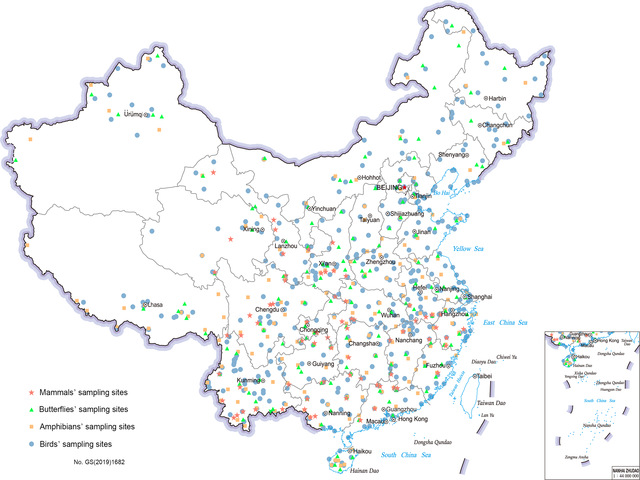
China is one of the megadiverse countries in the world. The Chinese government formulated a national conservation strategy, empowered national agencies to undertake monitoring, and funded a number of monitoring initiatives. For instance, the China Biodiversity Conservation Strategy and Action Plan (2011–2030) has made the construction of the biodiversity monitoring network as one of its priority actions, urging for the improvement of biodiversity monitoring and the establishment of early warning systems for biodiversity threats by 2020. However, substantial stress would be originated from an extremely large population and continued economic growth, which could pose potential threats to biodiversity. Currently, China has set up a series of nationwide monitoring network for ecosystems, such as China Ecosystem Research Network (CERN) and China Forest Ecological Research Network (CFERN). Although the framework for the ecosystem-level monitoring has been basically established, the species-level monitoring in China remains rare and faces various challenges, such as inefficient sampling design and incomplete spatial and species coverage.China BON serves as the largest biodiversity monitoring network in Asia and consists of 749 sites, including 380 bird sites (2516 line transects and 1830 point transects), 159 amphibian sites (2076 line transects and 310 groups of fence traps), 70 mammal sites (348 plots and more than 10,200 infrared cameras), and 140 butterfly sites (721 line transects). China BON plays an increasingly important role in the realm of biodiversity research and application and beyond.
DOI: 10.1016/j.eehl.2022.11.001